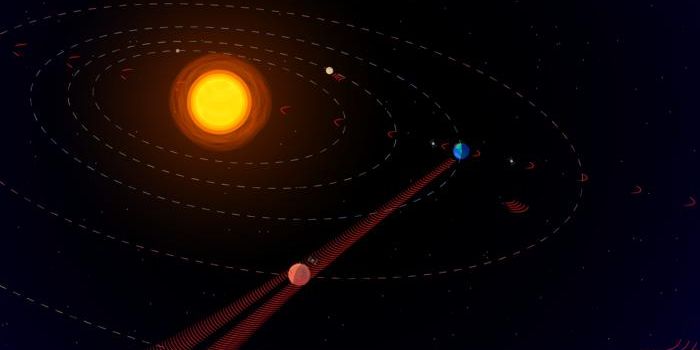Here's Why the Planets Orbit the Sun How They Do
All the solar system’s planets follow nearly the same plane and direction as they orbit the Sun, and this is something that has fascinated astronomers for eons. That said, is it possible to explain why this happens?
As it turns out, this was no mistake; this setup is common in stellar systems all throughout the universe, and this fact alone speaks volumes about the puzzling circumstances. To better understand why each of the planets follow the same plane and direction while orbiting the Sun, one must think back to a time long before the solar system came into existence.
Just as the solar system was beginning to form, there was no rhyme or reason to the dust and gas particles as they swirled around in their happy little nebula. At some point, however, these particles would begin clumping together, forming a protostar and a plethora of other smaller clumps in the process. These smaller clumps would orbit the protostar randomly, without any rhyme or reason.
Over time, clumps moving in opposing directions would slam into one another, breaking apart and leaving just those that moved harmoniously in the same direction. Those that broke apart would eventually create a planetary disk, orbiting the protostar in the same direction as the harmonious objects. All the while, matter from this disk would both fall into the protostar and begin clumping again – this made the protostar bigger and more gravitationally-influential, while other bits clumped together to form planets.
The cycle would only continue to repeat, just on a smaller scale as smaller disks formed around the planets. Keeping in sync with the existing motions, these disks would go on to form moons around those planets, orbiting in exactly the same plane and direction as the planets around the star.
There are only a few exceptions to this idea, such as captured objects, which originate from outside of our solar system and get snatched by a large planet’s gravity. Another is where substantial collisions severely impact an object's orbital trajectory. These objects may orbit planets in strange ways that don’t match the models described, much like Neptune's moon Triton does.








